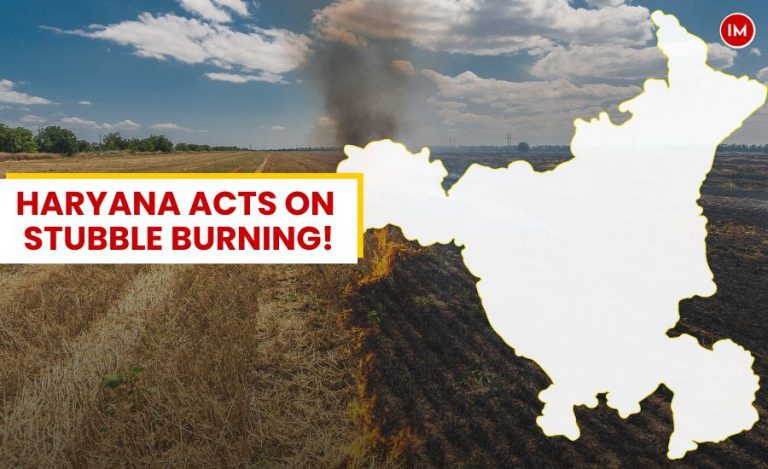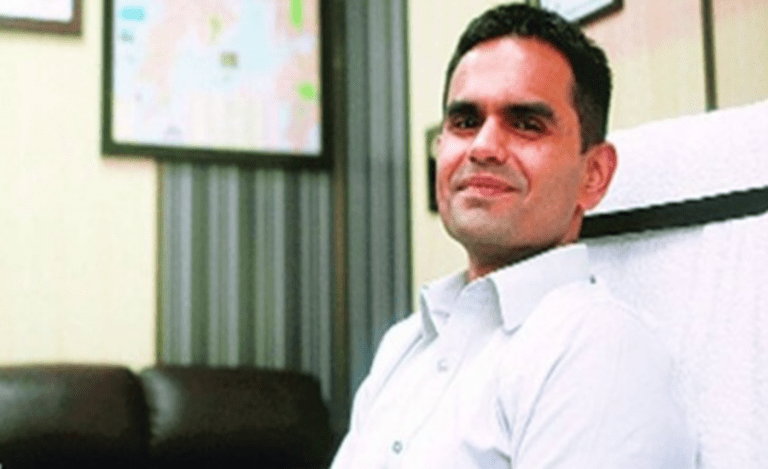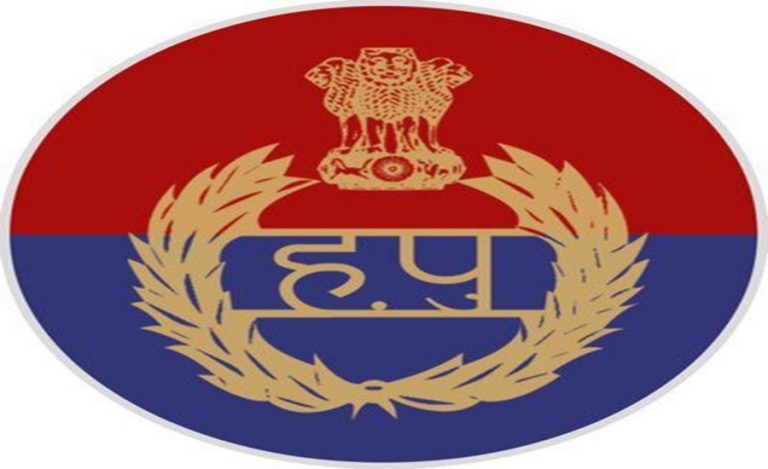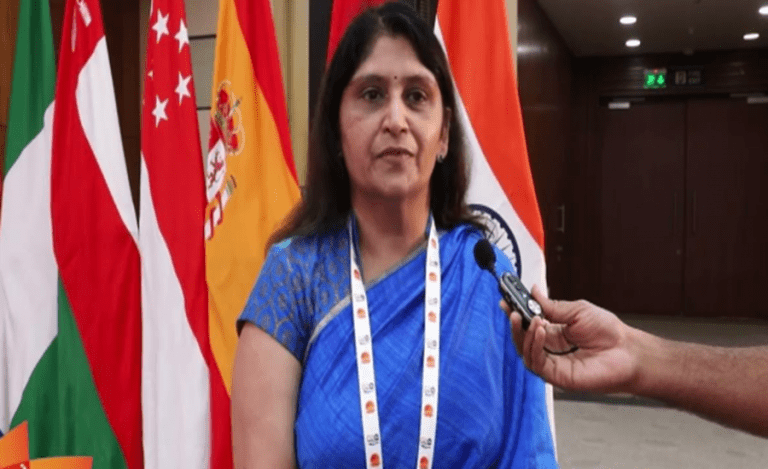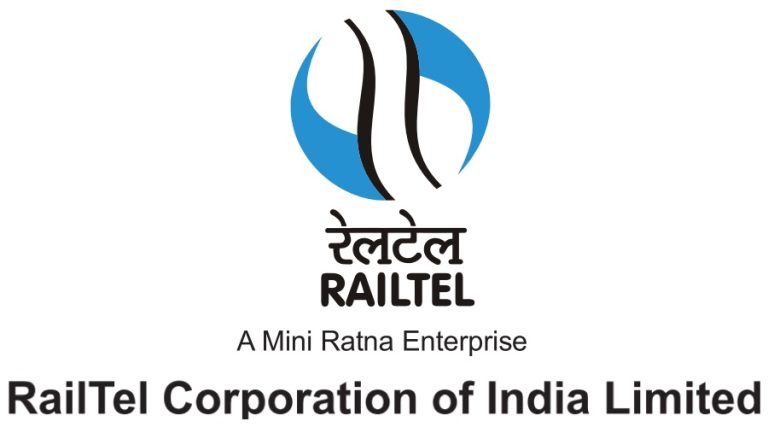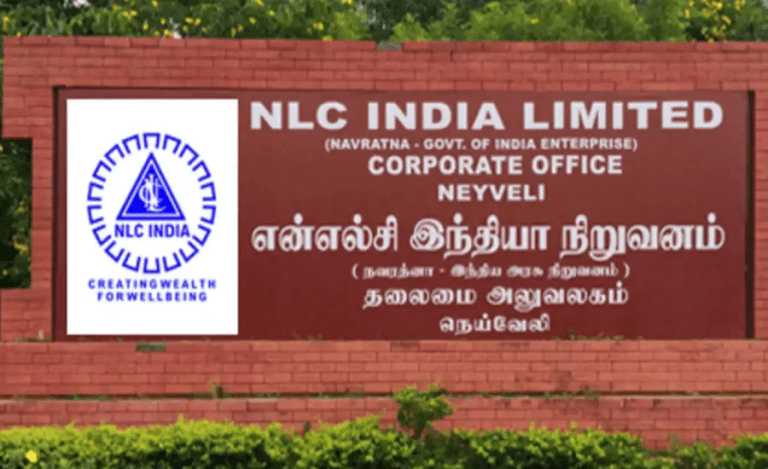The picturesque district of East Garo Hills of Meghalaya is spread over an area of 1517 sq. km. The climate here is typical of the tropical region: hot and humid in summers and cool in winters. Now Meghalaya, as all of us know, receives one of the highest rainfall in the country. But not many know that the state is experiencing a gradual decline in its groundwater for the last many years.
To fight this issue and conserve water in a better way, the Deputy Commissioner, that is the IAS officer Mr. Swapnil Tembe made use of Government schemes and solved the problem of water scarcity in the district. He shared his work with Indian Masterminds through an exclusive conversation.
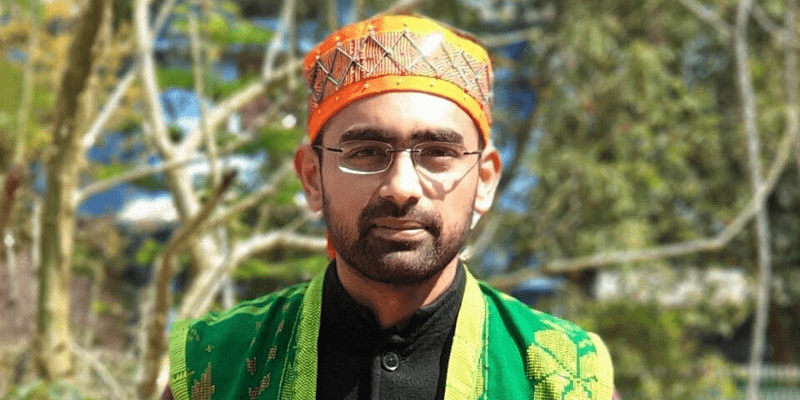
CONSTRUCTING ARTIFICIAL WATER SOURCES
Under Jal Shakti Abhiyaan (JSA) of the Government of India, 254 districts were covered to conserve water, including East Garo in Meghalaya. The District Administration along with DRDA, CNRD Block, and concerned line departments focused on covering all the key areas of intervention during the campaign.
Around 560 small check-dams and ponds were constructed across the district with the help of MGNREGA to increase the water holding capacity through annual rainfall receipt in the district.

“We did not utilize any separate fund for the campaign and everything was done through various government schemes,” Mr. Tembe told Indian Masterminds.
It was difficult for the administration to convince the residents to go for water harvesting structures as they see water all the time. However, the groundwater reality is different. But after the first two dams were created, people themselves could observe the rising water level and thereafter they got involved in it.

PUBLIC PARTICIPATION
Additionally, 486 natural resource management works were also taken up under MGNREGA. Now the residents are ensuring groundwater recharge in the district.
“We had been facing water problems for last 10 years. The water connection provided by the Public Health Engineering department was damaged a long time back, which is why we decided to take up the project under JSA. Construction of check-dams was highly beneficial to us,” stated Rajesh Marak, VEC (Village Employment Council) Secretary of Songma Aiding.

RAINWATER HARVESTING
The District Soil and Water Conservation Department installed 10 rainwater harvesting structures in different schools, funded by the Ministry of Tribal Affairs.
The structures have provided a visible impact to student communities with regard to water issues. It further provides additional advantages of sanitation and mid-day meal programs on their campus.
“The overall capacity of the district to hold water has significantly gone up. We have designed a low-cost model of rainwater harvesting at Rs. 10,000 so that even the rural households can get them installed,” the officer told Indian Masterminds.

REVAMPING LAKES
Under rejuvenation of traditional water bodies, Songsak block has taken up de-silting of Tasek Lake to increase its water holding capacity of 35,625 square km.
“The lake came into being after the great Assam earthquake of 1897. Initially, the area of the lake was extremely large, covered by water all around the perimeter of the lake but due to human activities on the upper ridges, soil erosion occurred every year resulting in siltation of the lake,” said Andrewin Sangma, VEC Secretary of the project.
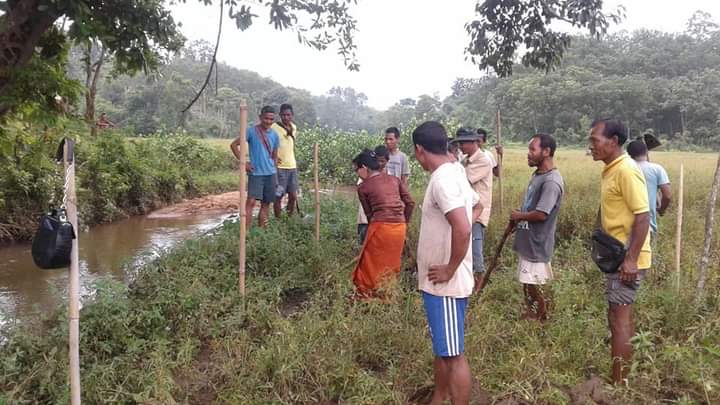
Along with the district administration and block officers, they took up the project of de-siltation and completed it successfully.
“The Lake restoration was also done through MGNREGA. We told everyone to shift their entire focus on conserving water in these areas, at least for the next 2-3 years,” stated Mr. Tembe.
Other traditional water bodies are also prioritized to increase the water holding capacity from the annual rainfall that is otherwise wasted in the form of surface run-off.
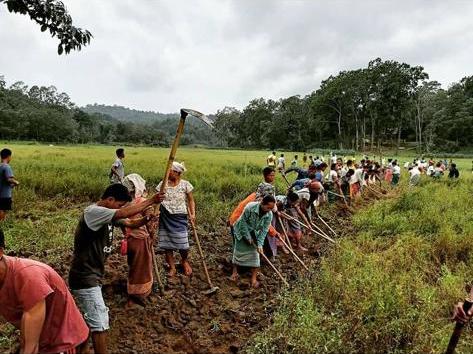
SPRING SHEDS AND WATER TRENCHES
The department has constructed 21 spring sheds funded by NABARD. Furthermore, they have created trenches and have initiated tree plantations in the upper regions of the springs.
In total, they created about 11,750 trenches under MGNREGA during the Jal Shakti campaign. In Samanda Chinemgre alone, the VEC has dug 2500 trenches to increase the water holding capacity of check-dams.\
“We have 117 households in the village and took up this contour trench during the JSA campaign. We have observed that the project has improved the retention of water in the lake which is quite beneficial for us,” says Natseng Sangma, VEC Secretary.
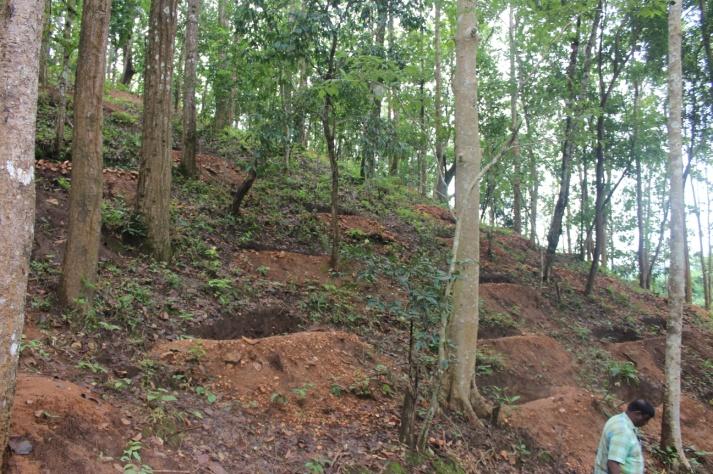
SUCCESSFUL PROJECT
Besides, major plantation drive involving district, block officials, social forestry department, NCC Cadres, Scouts and guides, NSS, school/college students, communities, and VEC functionaries is one of the major activities carried out in the district.
“Two years back, no one was talking about saving water but now they are able to observe that when it rains heavily, at least for six months, they don’t need to go to the stream to collect water. They can use the rainwater for fulfilling their needs,” Mr. Tembe told Indian Masterminds.

Until now, the district has covered 742 households with installation of soak pits at Rs. 3500 per unit under Swatchh Bharat Mission. The District Administration under Mr. Tembe is making sure that they don’t face any water shortage in future and save up their traditional lakes and water resources for the future generations.






